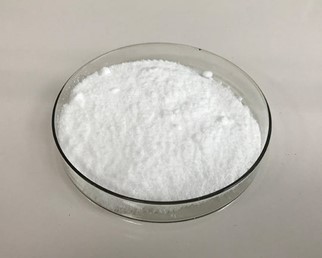
Appearance | White powder |
Usage rate | Can be added to formulas as is. Recommended use level 3 – 30% depending on desired foaming and cleansing effects. Can be used at higher concentrations for bubble baths. |
Applications | Body washes, shampoos, bubble baths, cleansing lotions, various personal care cleansing products |
Scent | Characteristic of surfactants—detergenty |
pH | 9.75–10.25 (1% solution) |
Charge | Anionic |
Solubility | Water |
Why do we use it in formulations? | Sodium Lauryl Sulfate (SLS) is an excellent cleanser and creates wonderful, luxurious lather. It’s also inexpensive. |
Refined or unrefined? | Sodium Lauryl Sulfate (SLS) only exists as a refined product |
Strengths | Strong, inexpensive, effective surfactant |
Sodium laureth sulfate, an accepted contraction of sodium lauryl ether sulfate, also called sodium alkylethersulfate, is an anionic detergent and surfactant found in many personal care products and for industrial uses. SLES is an inexpensive and very effective foaming agent.
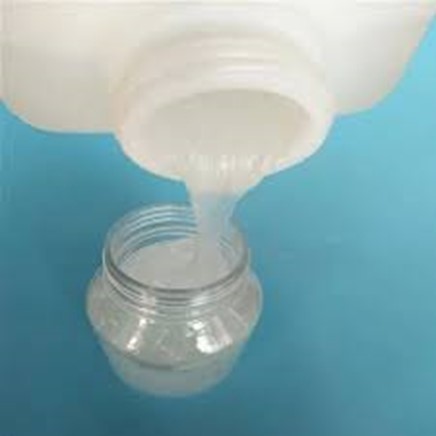
Sodium lauryl sulfate (SLS), also known as sodium laurilsulfate or sodium dodecyl sulfate, is an anionic surfactant commonly used as an emulsifying cleaning agent in household cleaning products (laundry detergents, spray cleaners, and dishwasher detergents. Sodium dodecyl sulfate (SDS) or sodium lauryl sulfate (SLS), sometimes written sodium laurilsulfate, is an organic compound with the formula CH 3(CH 2) 11OSO 3Na and structure H 3C−(CH 2) 11−O−S(=O) 2−O −Na +. It is an anionic surfactant used in many cleaning and hygiene products.
Sodium lauryl sulfate is one of the most widely used synthetic detergents in toothpaste. Generally, surface active agents lower the surface tension, penetrate and loosen surface deposits and emulsify or suspend the debris which the dentifrice removes from the tooth.
Sodium lauryl sulfate (SLS) is a surfactant, which basically means it has an effect on the surfaces it touches. It’s used in a variety of products such as food thickeners, toothpaste, and floor cleaners.
SLS can be found in both beauty and cleaning products.

Research suggests concentrations of one percent or less are safe on your skin. Sodium lauryl sulfate (SLS) is one of the ingredients you’ll find listed on your shampoo bottle. However, unless you’re a chemist, you likely don’t know what it is. The chemical is found in many cleaning and beauty products, but it’s frequently misunderstood.
SLS is what’s known as a “surfactant.” This means it lowers the surface tension between ingredients, which is why it’s used as a cleansing and foaming agent.
Most concerns about SLS stem from the fact that it can be found in beauty and self-care products as well as in household cleaners.
Sodium laureth sulfate (SLES) is a surfactant with a similar chemical formula. However, SLES is milder and less irritating than SLS.
If you look under your bathroom sink, or on the shelf in your shower, it’s very likely you’ll find SLS in your home. It’s used in a variety of products, including:
Being an anionic surfactant, it is a major ingredient in soaps, toothpaste, shampoos, etc. due to its cleansing and emulsifying characteristics.
It is useful in carpet cleaning and cleansers. You can find SLES in hand wash, body washes, and laundry detergents.
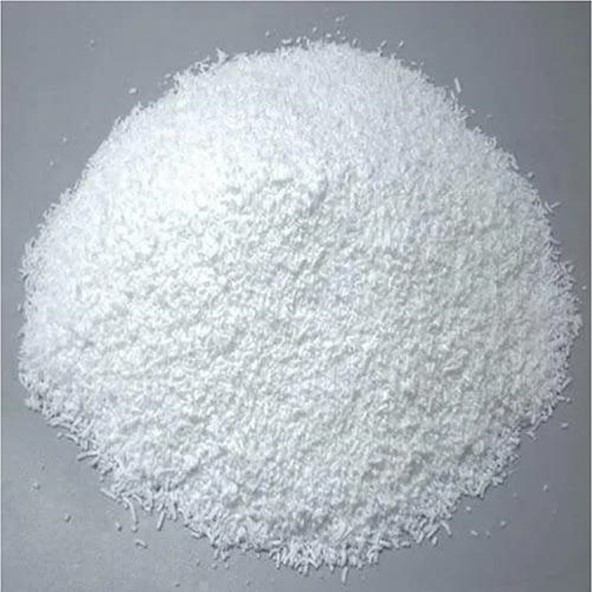
SLES PASTE is an anionic detergent and surfactant found in various personal care products (soaps, shampoos, tooth pastes etc), the product is used in wetting agent formulations, liquid detergents, cleaners, and laundry detergents.
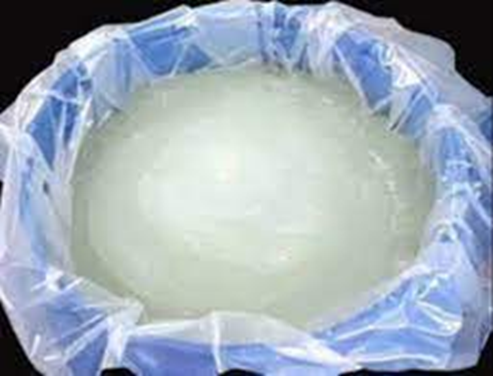
Used in wetting agent formulations, liquid detergents, cleaners, shampoos and laundry detergents. SLES is also surfactants that is used in many cosmetic products for cleaning and emulsifying properties.
SLES, or Sodium Lauryl Ether Sulfate, is a popular ingredient found in many personal care and cleaning products. It is a type of surfactant, which means it helps to reduce the surface tension of liquids, making them easier to mix. This property makes SLES an effective ingredient for cleaning and foaming applications.
appearance at 20°C | clear yellowish liquid |
density at 20°C, g/cm3, c. | 1.05 |
solids, % wt. | 27 ± 1 |
sodium sulfate, % wt., max. | 0.8 |
pH, 10% aqueous solution | 7.0 – 8.5 |
Sodium Lauryl Ether Sulfate is also called SLES. Visually, it is a yellowish-white paste and works as an anionic surfactant or detergent that is utilized in different cleanings and personal care products.
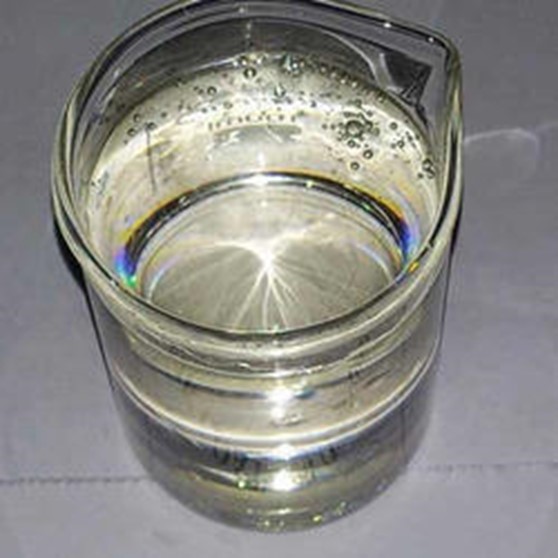
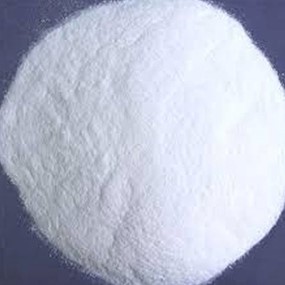
Alpha Olefin Sulfonate (AOS) Paste is a viscous and semi-solid substance that serves as an anionic surfactant. It is widely used in the production of various detergents, cleaning products, and personal care formulations.
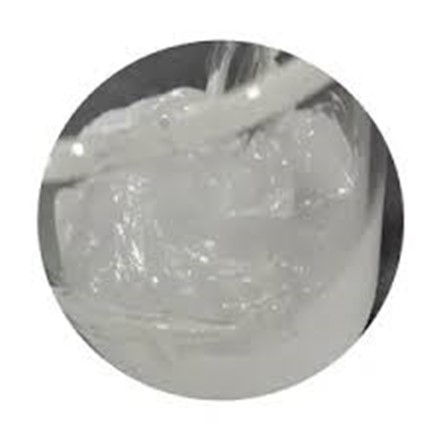
Detergents and Cleaning Products: AOS Paste is a key ingredient in the formulation of various detergents, such as laundry detergents, dishwashing detergents, and industrial cleaning products. It contributes to the product’s cleaning and foaming properties.
Personal Care Products: It is used in personal care products, including shampoos, body washes, and facial cleansers, as a foaming agent and surfactant.
Industrial and Institutional Cleaning: AOS Paste is employed in industrial and institutional cleaning formulations for its cleaning and foaming properties.
Textile and Leather Processing: It is used in the textile and leather industry for its emulsifying and cleaning abilities.
Emulsification: AOS Paste is used in various applications as an emulsifier to mix oil and water-based ingredients in cosmetic and industrial formulations.
Oil and Gas Industry: In the oil and gas sector, it may be used in drilling fluids as a dispersant and deflocculant.
Packing Size: 220 Kg
Packing Type: HDPE Drum
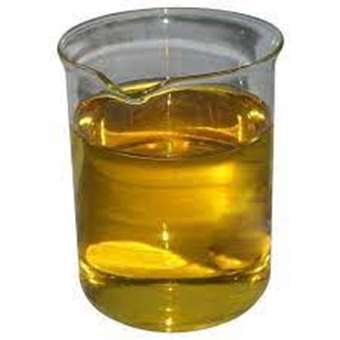
INCI Name – Sodium C14-16 Olefin Sulfonate
Molecular Formula – C14H27NaO3S
Alternate Names – Sodium (2E)-2-Tetradecene-1-Sulfonate, 2-Tetradecene-1-Sulfonic Acid
Active Surfactant Matter – 38% +/-1
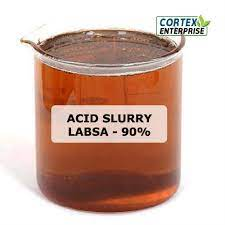
Lorem ipsum dolor sit amet constute emire. Email us: mail@indus.tra
Paradise Road 70, Office 99, Pacific Bay, New York City 10010